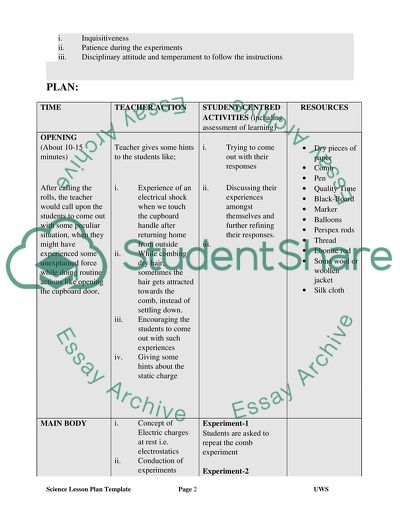Cite this document
(Electrostatic Force and Its Effect on Our Life: a Basic Scientific Outline, n.d.)
Electrostatic Force and Its Effect on Our Life: a Basic Scientific Outline. Retrieved from https://studentshare.org/science/1721358-scientific-understanding-and-lesson-design-in-teaching-nsw-stage-4-science
Electrostatic Force and Its Effect on Our Life: a Basic Scientific Outline. Retrieved from https://studentshare.org/science/1721358-scientific-understanding-and-lesson-design-in-teaching-nsw-stage-4-science
(Electrostatic Force and Its Effect on Our Life: A Basic Scientific Outline)
Electrostatic Force and Its Effect on Our Life: A Basic Scientific Outline. https://studentshare.org/science/1721358-scientific-understanding-and-lesson-design-in-teaching-nsw-stage-4-science.
Electrostatic Force and Its Effect on Our Life: A Basic Scientific Outline. https://studentshare.org/science/1721358-scientific-understanding-and-lesson-design-in-teaching-nsw-stage-4-science.
“Electrostatic Force and Its Effect on Our Life: A Basic Scientific Outline”, n.d. https://studentshare.org/science/1721358-scientific-understanding-and-lesson-design-in-teaching-nsw-stage-4-science.


